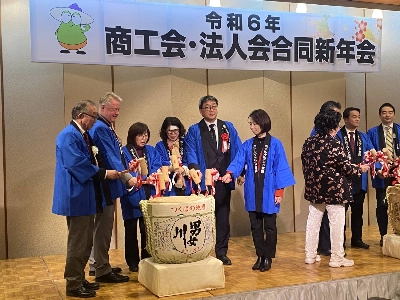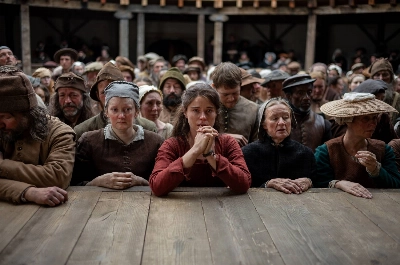Until fairly recently, live-action adaptations of popular manga series were a reliably grim prospect in Japanese cinema. Keishi Otomo’s original “Rurouni Kenshin” trilogy (2012-14) marked a turning point, creating a model for successful on-screen franchises that has since been replicated by the “Kingdom” and “Tokyo Revengers” movies, and Netflix series “Alice in Borderland,” among others.
The latest contender is “Golden Kamuy,” adapted from Satoru Noda’s manga series about miscreants and military adventurers searching for a stash of gold in early-20th century Hokkaido. Directed by Shigeaki Kubo, with many of the “Kingdom” team along for the ride, it’s an efficient romp that doesn’t skimp on spectacle. However, its eagerness to satisfy fans may be a turn-off for new initiates.
For the benefit of readers who fall into the latter camp, the story goes like this: Saichi Sugimoto (Kento Yamazaki) is a battle-scarred veteran of the 1904-05 Russo-Japanese War, now trying his luck as a gold panner in Hokkaido. That’s where he hears a tale about a buried hoard belonging to the indigenous Ainu people, the location for which is contained in a map tattooed across the bodies of two dozen escaped convicts.


















With your current subscription plan you can comment on stories. However, before writing your first comment, please create a display name in the Profile section of your subscriber account page.